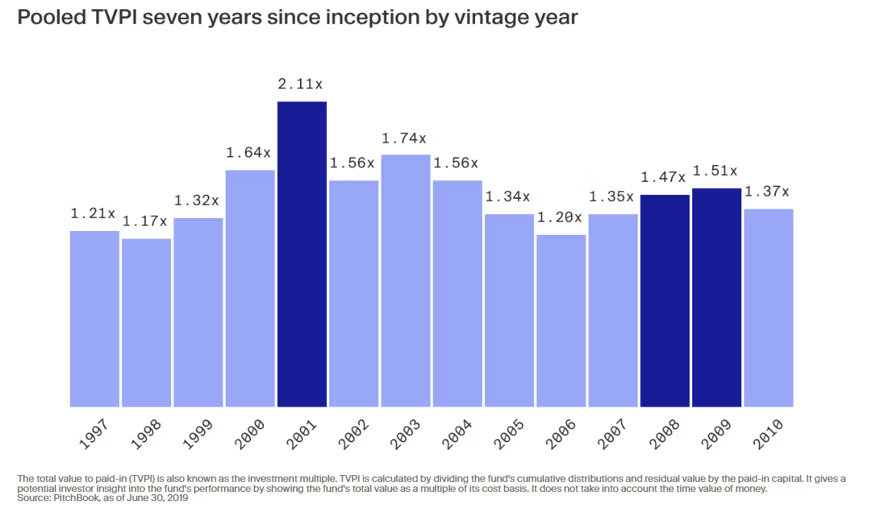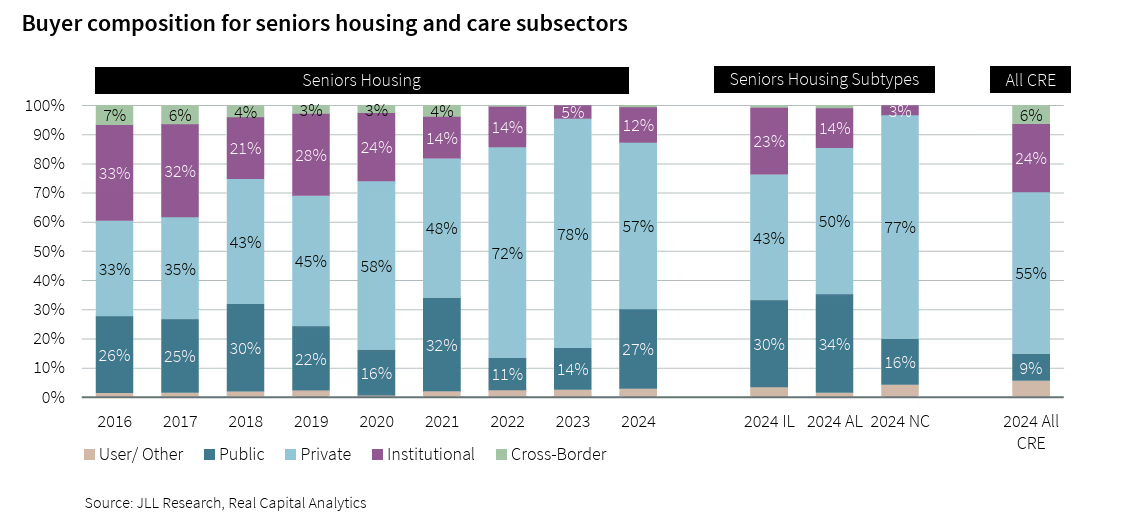Why Private Investors Make More Money Than You

Historically, private and institutional investors have demonstrated an incredible ability to anticipate and exploit dynamic market shifts well before the public. Private and institutional investors are consistently ahead of the curve, quickly identifying and capitalizing on emerging opportunities, while public investors often lag behind. There are countless examples:
Amidst the dot-com bubble burst of the early 2000s, public investors panicked and fled the technology sector. Private equity and institutional funds methodically purchased distressed but fundamentally sound technology companies. Many of these investments became highly profitable once the technology sector stabilized and rebounded, largely benefitting early movers. 2001 is now recognized as one of the best-performing years in the last two decades for private equity, underscoring the strategic foresight of these investors.

Similarly, whilst in the commercial real estate downturn of the early 1990s, institutional and private investors recognized that market distress had pushed property valuations far below their intrinsic value. These investors aggressively acquired commercial real estate assets, ultimately benefiting from substantial appreciation as markets recovered through the latter part of the decade.
During the Great Recession of 2007-2009, private equity again demonstrated its strength by proactively engaging with distressed companies. Unlike many public investors who retreated amid uncertainty, private equity investors provided operational support and capital injections to stabilize businesses and position them for future growth. This proactive, hands-on approach allowed private investors to realize significant returns as markets recovered.
This Same Real Estate Investment Trend Is Visible Today
The senior housing sector is currently being driven by extremely powerful demographic shifts. In 2024, private buyers dominated the senior housing market, accounting for 57% of all asset acquisitions. While this marks a slight reduction from their previous year’s share, it notably remains higher than their historical average of 52% since 2016. Concurrently, institutional investors significantly increased their participation, rising from just 5% in 2023 to 12% in 2024.

Demand for senior housing facilities—including assisted living, memory care, and independent living communities—is projected to increase dramatically over the next decade. Private equity firms and real estate investment trusts (REITs), armed with industry-specific knowledge and detailed market analyses, are aggressively positioning themselves to profit from this long-term growth. These shifts highlight a critical industry reality: private and institutional investors are consistently more ahead of the curve than public investors.
Public investors and retail buyers often remain cautious and still. This could be due to a lack of understanding regarding the complexities and risks associated with niche real estate sectors, inability to analyze large market data to spot mass trends, or any other number of factors. This hesitation leaves ample room for private capital to secure advantageous positions, benefiting from less competition and more attractive asset valuations.
However, public investors have an opportunity to close this gap. By paying close attention to the strategic moves of private and institutional investors and recognizing key demographic trends, public investors can better position themselves to participate in future gains. Improved transparency, industry education, and a willingness to adapt to changing market conditions are essential for public investors who wish to compete effectively.
Looking into the future, senior housing presents substantial growth potential driven by demographic trends, evolving consumer preferences, and advances in healthcare technology. Investors—both private and public—who remain vigilant, proactive, and informed stand to reap significant benefits from this resilient and rapidly growing market. The key lesson from history remains clear: those who quickly recognize and act upon emerging trends tend to realize the greatest rewards.
